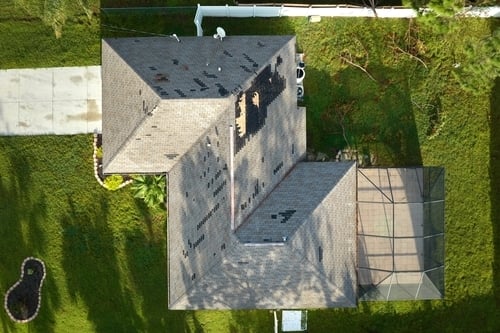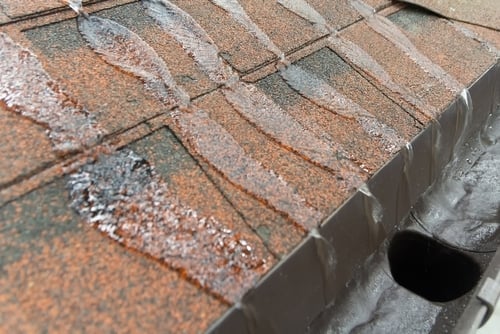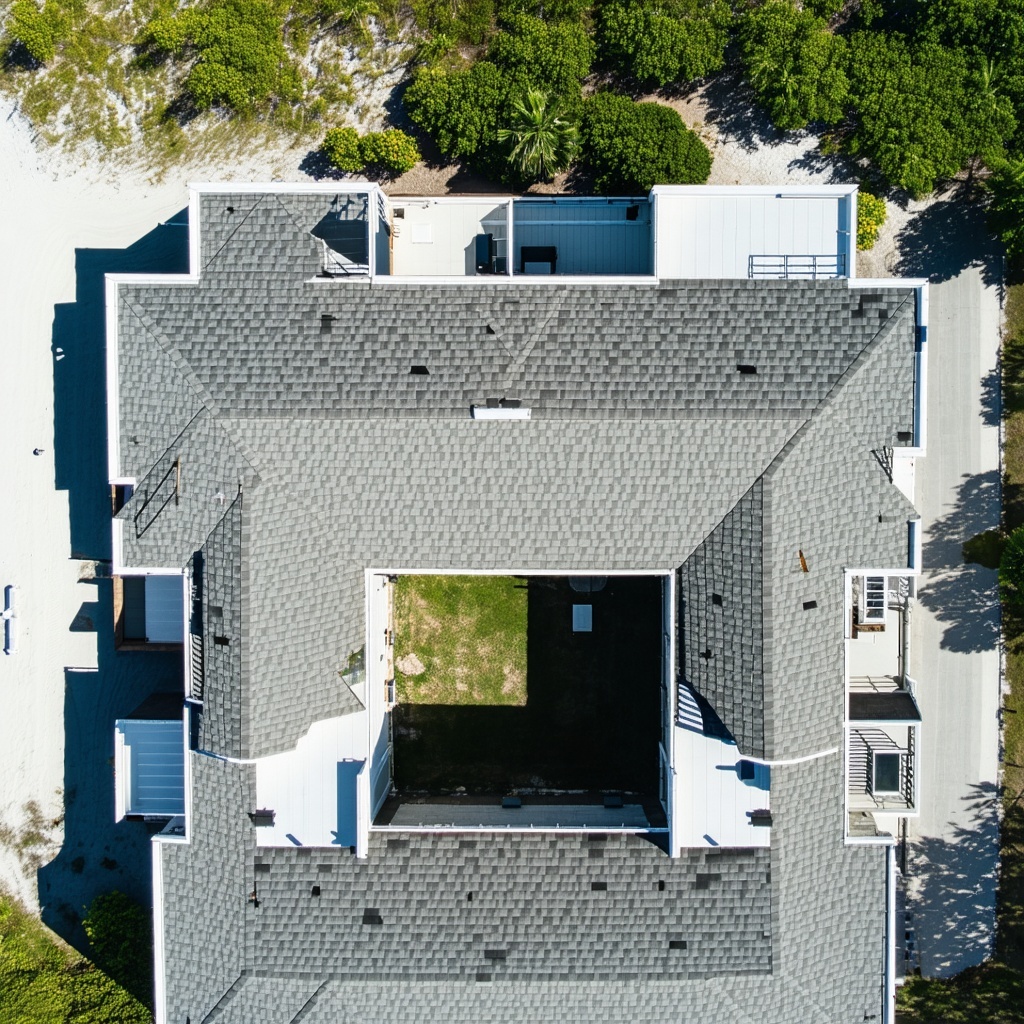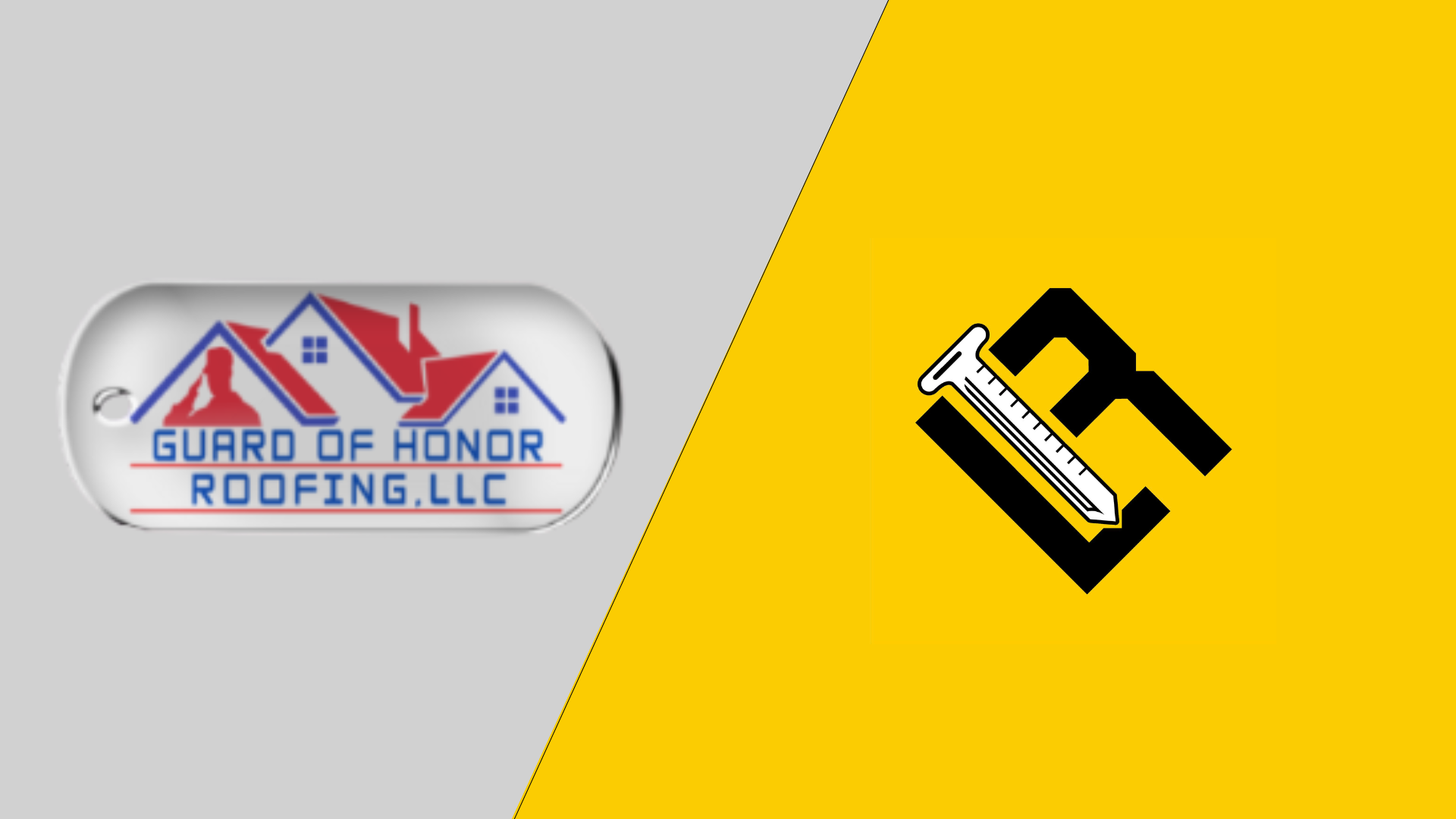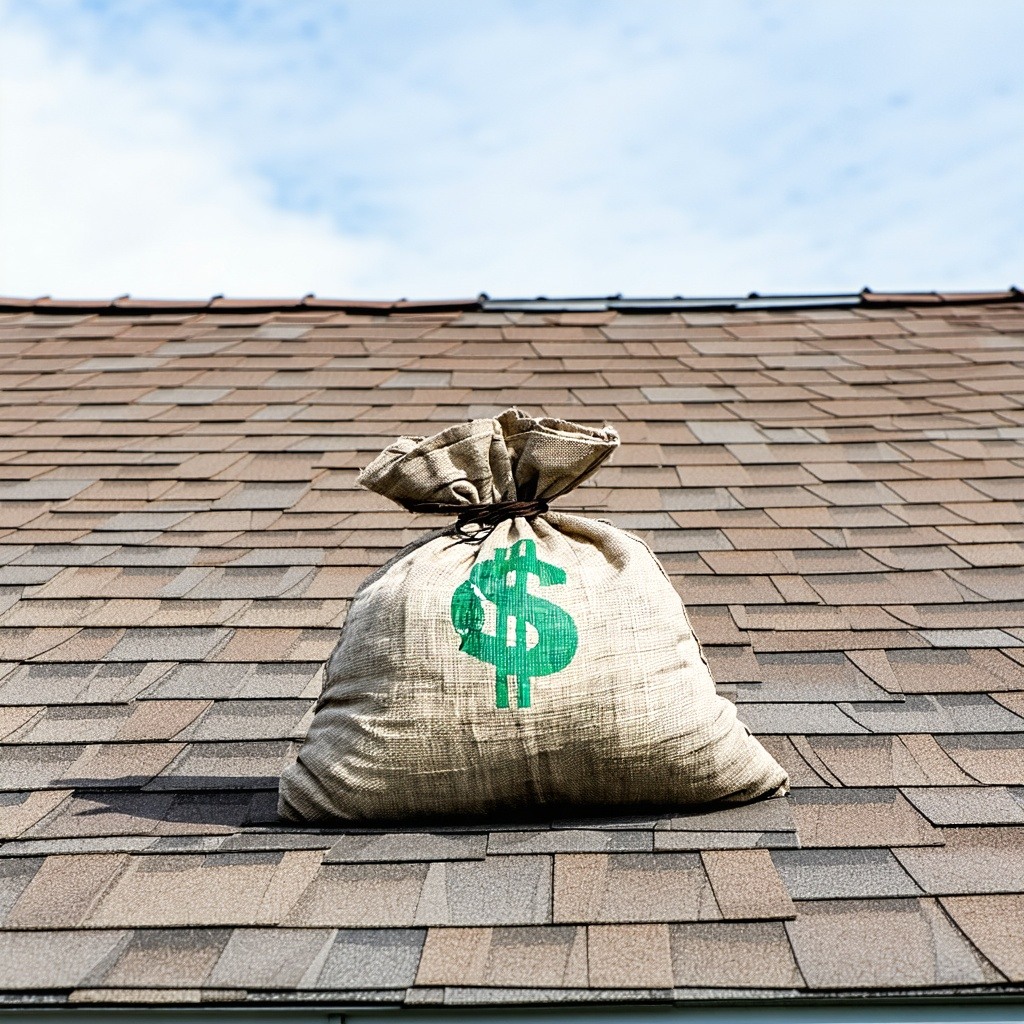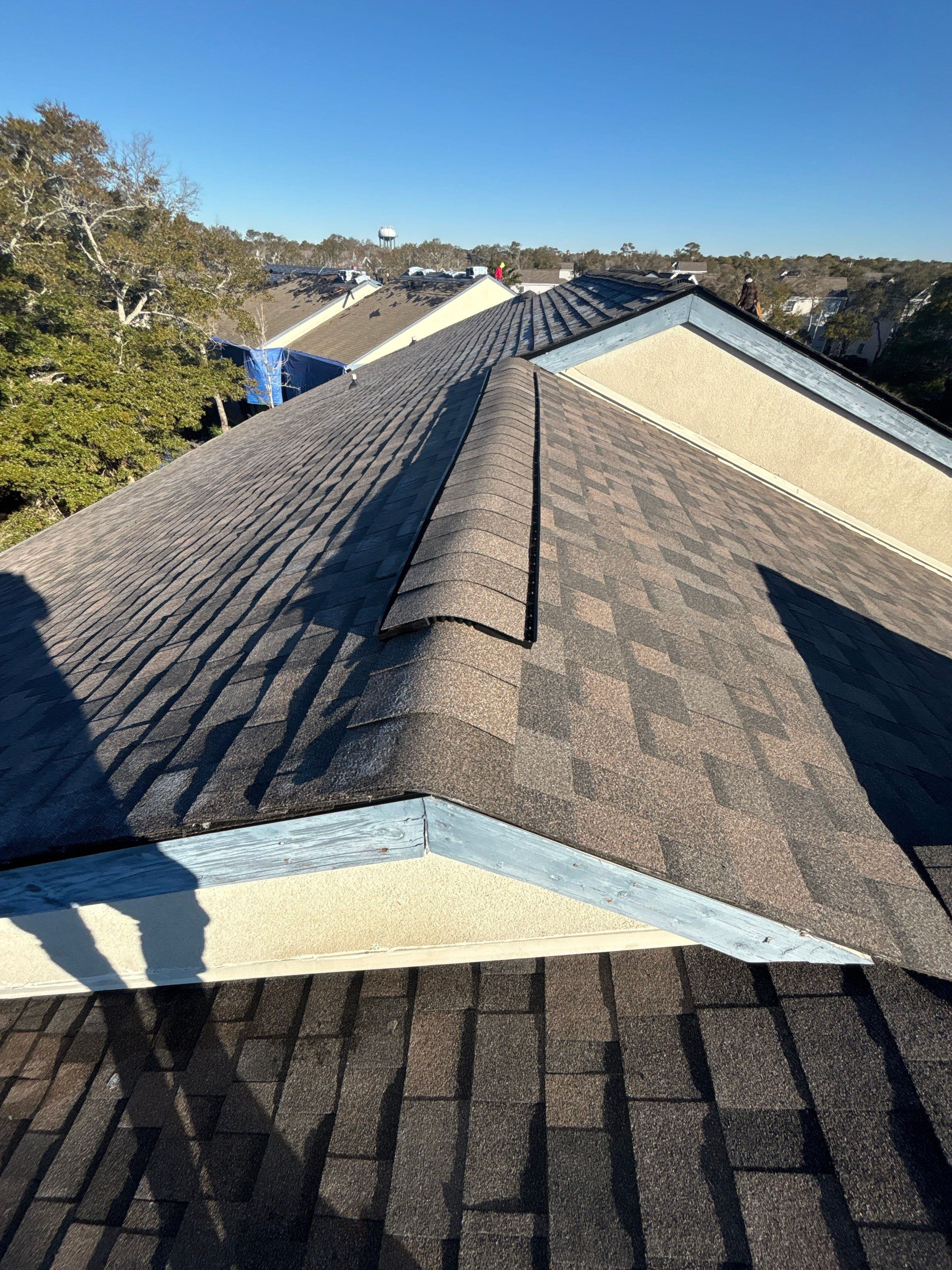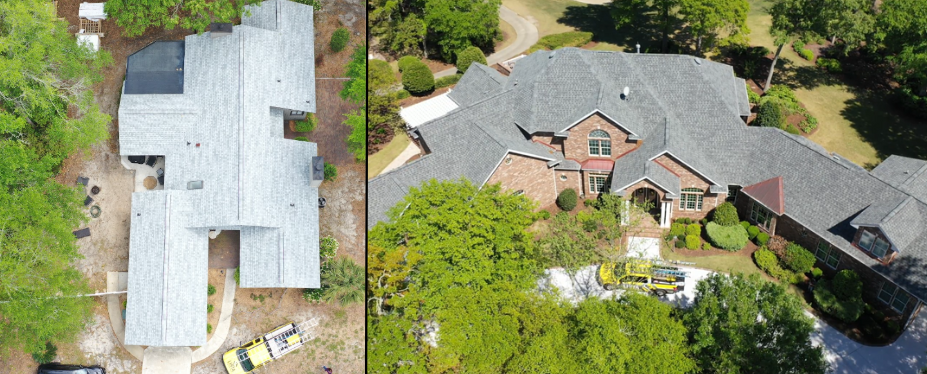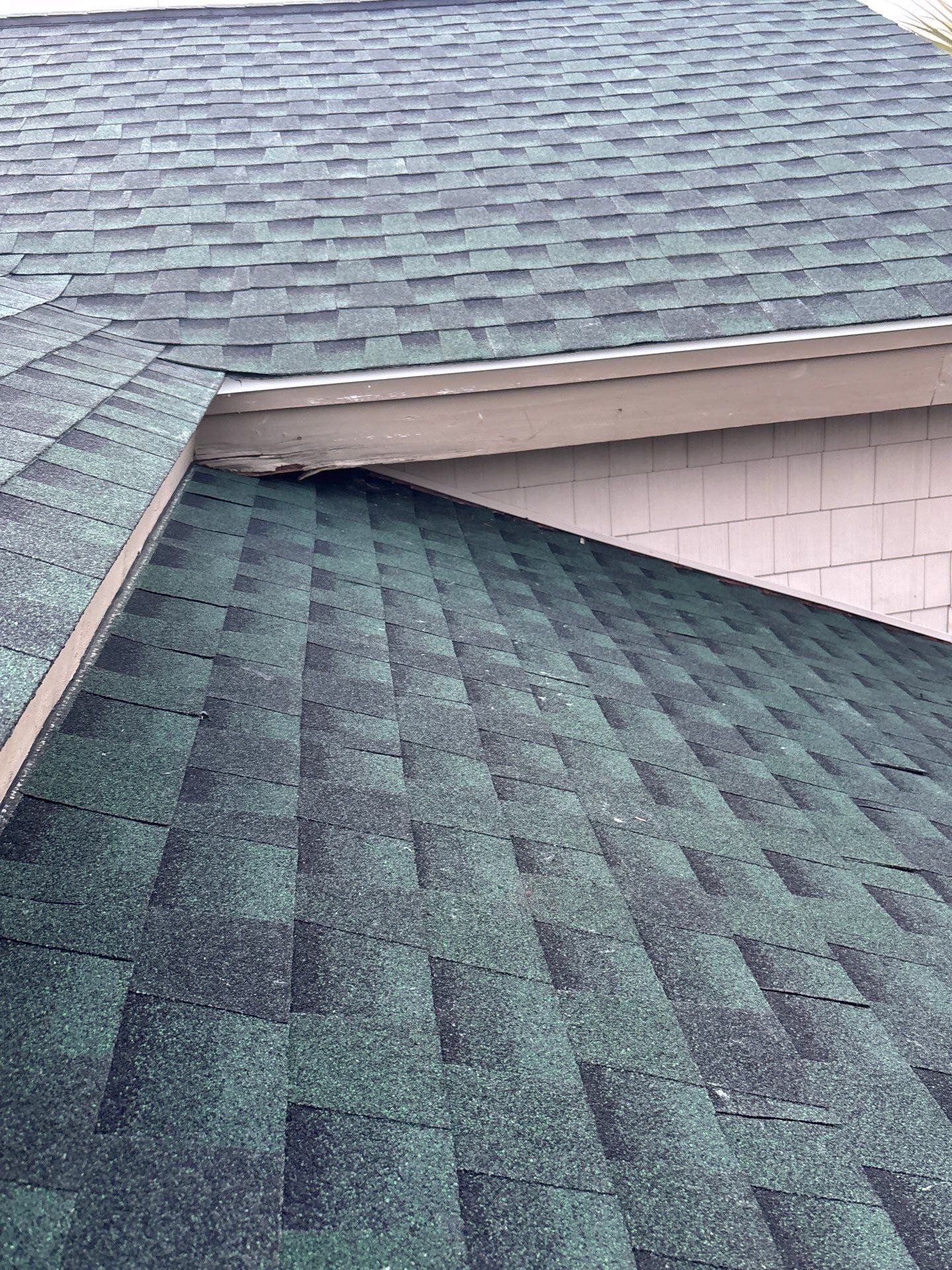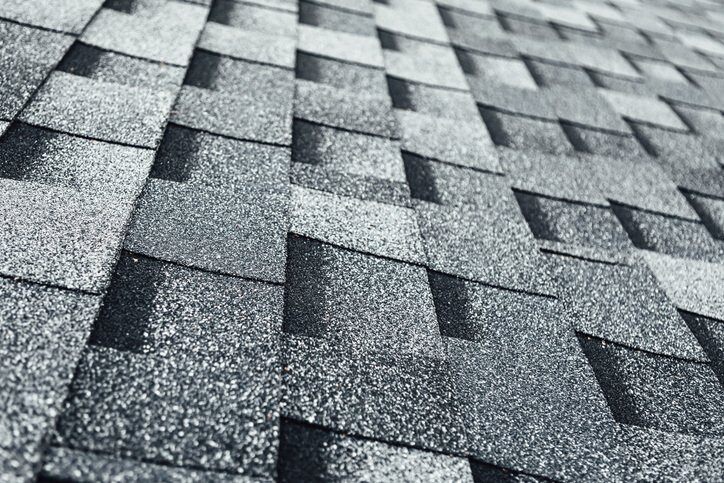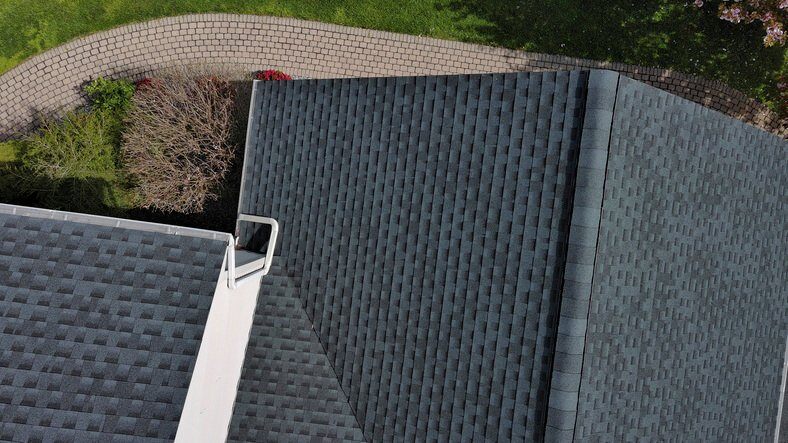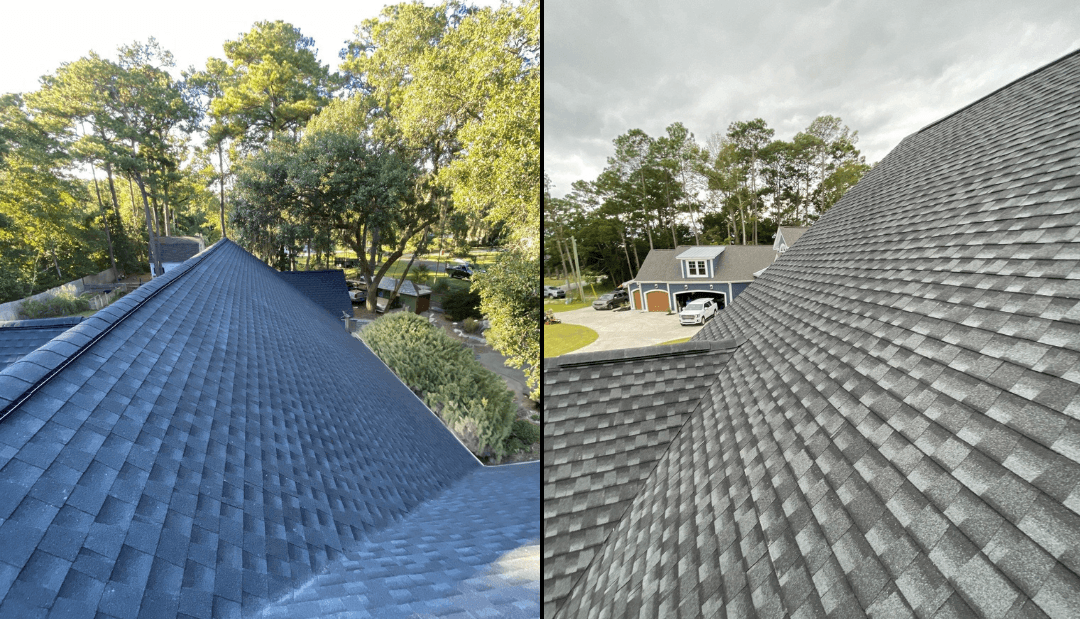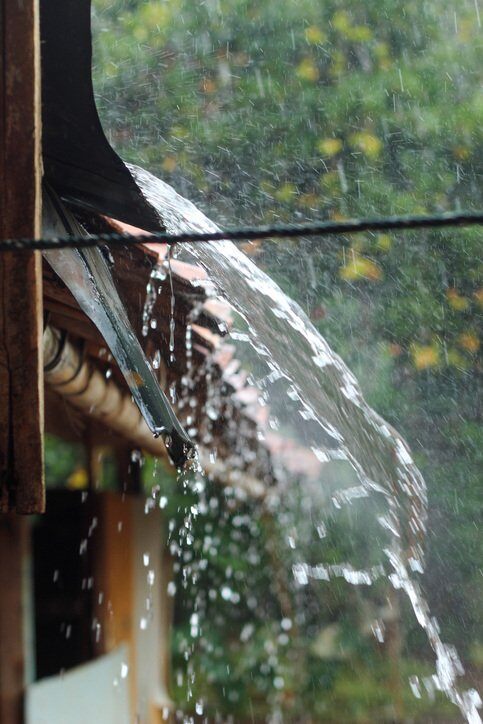Is It a Roof Leak or Something Else?
September 26th, 2024
5 min read
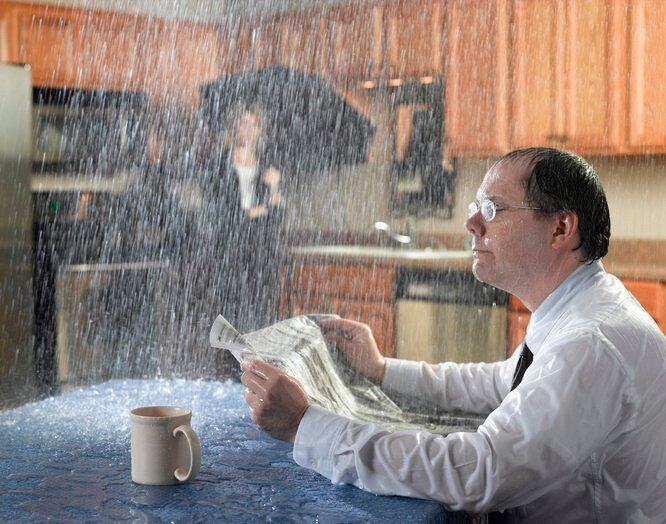
Did you know what you thought was a roof leak could actually be something else? Like a family of raccoons invading your attic?
That’s probably not what you were expecting to hear when you clicked on this article, but there’s a reason for saying this!
A few years ago, we were called to inspect a roof leak at a vacation home. The ceiling was covered in water stains, but we couldn’t find the source. As we checked the attic, we discovered the real issue – a family of raccoons living in the attic space. Unfortunately turning the attic space into their personal restroom. What the homeowner thought was a leak was actually an immeasurable amount of raccoon waste. In this instance, the raccoons had entry to the house because of a vulnerable gable vent that needed replacing.
What a way to start the summer.
As roofing experts, we’ve seen it all. From simple leaks to raccoon home takeovers. Which is why we’re here to tell you, not everything that leaks is a roofing problem. Here, we’ll share with you common issues that can seem like roof leaks but may actually be caused by something else!
15 Household Issues Commonly Mistaken as Roof Leaks
While you may not have a family of raccoons taking up residence in your attic, you might be worried because you found a stain on your ceiling or water seeping into your home. Which is certainly a cause for concern, whether it’s your roof or not. And as a resident in the greater Myrtle Beach area, your home is subject to heat and humidity practically year round, but especially during the summer months. So, let’s discuss the common household issues that you may mistake as a roof leak.
Disclaimer: While genuine roof leaks will occur while it’s raining, some of the issues on this list can also be caused by the increase of moisture in the air when it rains, which produces condensation.
1. HVAC Handler Drip Pan Overflow:

Cause: The drip pan under the HVAC handler may overflow due to a clogged drain line or rusting over time, leading to water leaks in the home.
2. Freon Line Sweating:

Cause: If the copper Freon line’s insulation sleeve has gaps, condensation can form, which might appear as a leak due to the cold surface of the line meeting the hot attic air.
3. Drain Line Condensation:


Cause: PVC drain lines without insulation can create condensation when cold water meets the hot attic air, leading to moisture appearing as a roof leak.
4. AC Duct Condensation:

Cause: Holes or damage in AC ducts allow air to escape into the attic, causing condensation and moisture, which can drip onto drywall and appear to be a roof leak.
5. Bathroom Vent Disconnection:

Cause: Disconnected bathroom vents blow moist air into the attic instead of outside, causing condensation and moisture, which can lead to stains on the ceiling, mistaken as a roof leak.
6. Improper Insulation:




Cause: Areas with improper insulation, such as around light fixtures or vents, allow hot attic air to penetrate, creating condensation or mold that can be mistaken for a roof leak.
7. Ventilation Problems:

Cause: Blocked soffits, painted-over vents, or improperly installed insulation can lead to poor airflow, resulting in mold and moisture buildup in the attic.
8. Chimney Cap Damage:


Cause: Cracked or deteriorated chimney caps allow water to enter through the chimney, causing leaks that can be mistaken for roof issues.
9. Animals in Attic:

Cause: Animals, such as raccoons, can damage attic vents, leading to water entry and creating the appearance of a roof leak.
10. Popcorn Ceiling Falling:

Cause: Issues like improper application of popcorn ceiling or previous roof leaks can cause popcorn material to fall, which may continue even after the roof is fixed.
11. Condensation from Attic Access:

Cause: Attic access without proper insulation allows hot air to escape into cooler areas, creating condensation and potential mold around the access points.
12. Window Leaking:
Cause: Improperly installed or damaged windows, especially around dormers, can allow water to enter the home and be mistaken for a roof leak.
13. Door Leaking:
Cause: Leaks around second-floor doors or improperly sealed doors, especially with wooden frames, can cause moisture issues that resemble roof leaks.
14. Siding Leaks:
Cause: Damaged or improperly installed siding, particularly on dormers without a moisture barrier (house wrap), can allow water into the home and be confused with a roof leak.
15. Drywall Seams Separation:
Cause: Poor ventilation, extreme temperature changes, or old drywall can cause seams to crack or fall, often mistaken for a roof leak.
HVAC Handler Drip Pan Overflow:Cause: The drip pan under the HVAC handler may overflow due to a clogged drain line or rusting over time, leading to water leaks in the home.
Freon Line Sweating:
Cause: If the copper Freon line’s insulation sleeve has gaps, condensation can form, which might appear as a leak due to the cold surface of the line meeting the hot attic air.
Drain Line Condensation:
Cause: PVC drain lines without insulation can create condensation when cold water meets the hot attic air, leading to moisture appearing as a roof leak.
AC Duct Condensation:
Cause: Holes or damage in AC ducts allow air to escape into the attic, causing condensation and moisture, which can drip onto drywall and appear to be a roof leak.
Bathroom Vent Disconnection:
Cause: Disconnected bathroom vents blow moist air into the attic instead of outside, causing condensation and moisture, which can lead to stains on the ceiling, mistaken as a roof leak.
Improper Insulation:
Cause: Areas with improper insulation, such as around light fixtures or vents, allow hot attic air to penetrate, creating condensation or mold that can be mistaken for a roof leak.
Ventilation Problems:
Cause: Blocked soffits, painted-over vents, or improperly installed insulation can lead to poor airflow, resulting in mold and moisture buildup in the attic.
Window Leaking:
Cause: Improperly installed or damaged windows, especially around dormers, can allow water to enter the home and be mistaken for a roof leak.
Door Leaking:
Cause: Leaks around second-floor doors or improperly sealed doors, especially with wooden frames, can cause moisture issues that resemble roof leaks.
Siding Leaks:
Cause: Damaged or improperly installed siding, particularly on dormers without a moisture barrier (house wrap), can allow water into the home and be confused with a roof leak.
Chimney Cap Damage:
Cause: Cracked or deteriorated chimney caps allow water to enter through the chimney, causing leaks that can be mistaken for roof issues.
Animals in Attic:
Cause: Animals, such as raccoons, can damage attic vents, leading to water entry and creating the appearance of a roof leak.
Popcorn Ceiling Falling:
Cause: Issues like improper application of popcorn ceiling or previous roof leaks can cause popcorn material to fall, which may continue even after the roof is fixed.
Drywall Seams Separation:
Cause: Poor ventilation, extreme temperature changes, or old drywall can cause seams to crack or fall, often mistaken for a roof leak.
Condensation from Attic Access:
Cause: Attic access without proper insulation allows hot air to escape into cooler areas, creating condensation and potential mold around the access points.
These are the most common issues that appear as roof leaks but have different underlying causes, often related to condensation, insulation, or poor ventilation.
How to Know if It’s a Roof Leak or Something Else
In the event that condensation is building up in your home and causing water streaks on your walls, stains on your ceiling, or water droplets into your home, it’s likely due to a ventilation and/or an insulation problem. It can be tricky to pinpoint the exact cause since condensation problems are often worsened by the increased moisture in the air during rain. This is why we recommend having a professional inspect your home to diagnose the issue. However, there are a few signs that can help you identify if the problem is not related to your roof.
It’s likely not a roof leak if:
- Water is coming into your home when it’s not raining
- You find water/mold located only around lights or A/C ducts
- You find water/mold only around the attic access
- Water spots/leaking only shows up when it’s hot outside
So the question is, how do you fix water damage caused by something other than your roof?
Fixing Water Damage in Your Home When It’s Not a Roof Leak
When it comes to water damage in your home, it can feel scary and overwhelming. Not only does it indicate that something is wrong, but it can leave you with many questions about what the issue is and how much it will cost to repair. Roof replacements and repairs are a large investment, which is why we hope this article gives you some solace in knowing that not all leaks are caused by a failing roof.
However, if you’re still worried you have a roof leak or you find that you have an area that leaks persistently despite repair efforts, it’s important to have a professional check the common areas for a roof leak and complete a full inspection on your roof. If you have any other questions or you’d like to schedule a roof inspection, please give us a call. We’re happy to help you fix any roof related issues quickly!
Jeffrey Linta is a 3rd generation roofer who grew up working in his family's roofing business (Linta Roofing, Inc.). He got his start tearing off roofs during the summer while attending North Myrtle Beach High School. Now running one of the most successful roofing businesses in the Grand Strand area, Jeffrey has lived and breathed roofing for his entire working career. Some of his accolades include GAF Master Elite Contractor, SC Safehome certified contractor, Group 5 SC Licensed Commercial Contractor, and GAF Master Commercial roofing contractor. Under his leadership, Linta Roofing, Inc. has served thousands of homeowners and business owners in the Grand Strand area. Linta Roofing achieved awards like the Sun News’s “Best of the Beach” and A+ Rating with the Better Business Bureau all while receiving hundreds of 5-star reviews year after year. Jeffrey is a Grand Strand born and raised local. When he is not running Linta Roofing, he spends time fishing with his wife Erica and walking the beach with his dog Dixie.
Topics:








